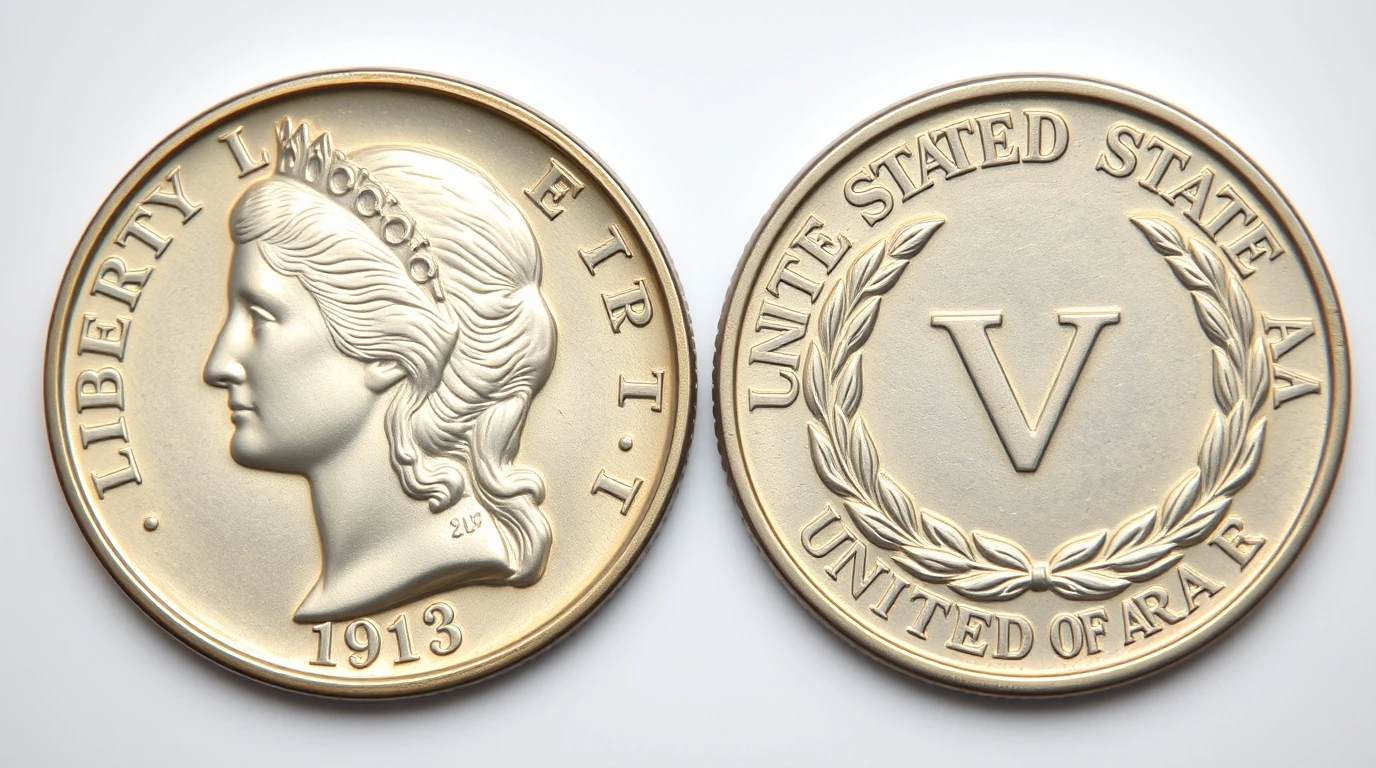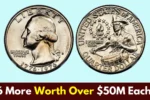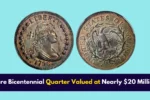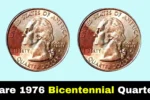The 1913 Liberty Head Nickel is one of the most iconic coins in the world of numismatics, renowned for its extreme rarity and historical intrigue. With only five known examples, this coin has become a symbol of rarity and value, captivating collectors and historians alike. Its status as a numismatic treasure was solidified in 2007 when a specimen was sold for a remarkable $5 million, cementing its place as one of the most sought-after coins in history.
This article delves into the fascinating story of the 1913 Liberty Head Nickel, examining its mysterious origins, notable sales, and the reasons it remains one of the most prized collectibles in the world of coin collecting.
Key Facts: The 1913 Liberty Head Nickel
| Specimen | Location | Key Details |
|---|---|---|
| Eliasberg Specimen | Private Collection | Graded Proof-66; sold for $5 million in 2007. |
| Olsen Specimen | Private Collection | Featured in Hawaii Five-O; sold for $3.7 million in 2010. |
| Walton Specimen | Private Collection | Lost for decades; rediscovered and authenticated in 2003. |
| Norweb Specimen | Smithsonian Institution | Part of the National Numismatic Collection. |
| McDermott Specimen | American Numismatic Association Museum | Shows wear from circulation; donated in 1989. |
The Mystery Behind the 1913 Liberty Head Nickel
The Liberty Head Nickel, designed by Charles E. Barber, was originally issued from 1883 to 1912. By 1913, the U.S. Mint had transitioned to the Buffalo Nickel, and the Liberty Head design was officially retired. However, five coins bearing the 1913 date and the Liberty Head design surfaced, likely struck without proper authorization.
The first public unveiling of these five coins occurred in 1920 when Samuel W. Brown, a former Mint employee, revealed the specimens. Their unexpected appearance sparked widespread speculation and intrigue—were they struck secretly for personal use or as prototypes for future coins? Regardless of their origins, their extreme rarity and mystery made them an immediate focus for collectors.
The 1913 Liberty Head Nickel: An Icon of American Coinage
Each of the five surviving 1913 Liberty Head Nickels carries a unique history that contributes to the coin’s legendary status:
- The Eliasberg Specimen
Considered the finest example, this coin is graded Proof-66, representing one of the highest standards in coin preservation. It was once part of the famous Louis E. Eliasberg collection and set a record in 2007 when it was sold for $5 million, becoming the most expensive coin at the time. - The Olsen Specimen
This coin gained additional fame when it appeared in a 1973 episode of Hawaii Five-O. Known for its colorful ownership history, it was sold for $3.7 million in 2010, proving that even non-legendary specimens can fetch extraordinary sums. - The Walton Specimen
The story of this specimen is one of rediscovery. Lost for several decades after being misidentified, it was authenticated in 2003. Its dramatic return to the public eye reignited interest in the coin, making it a sensation once more. - The Norweb Specimen
Housed in the Smithsonian Institution, this nickel is a significant piece of American numismatic history. Its value is more rooted in educational and historical significance than in monetary sales. - The McDermott Specimen
What sets this specimen apart is its circulation wear, making it the only 1913 Liberty Head Nickel that was used in daily transactions. It is preserved in the American Numismatic Association Museum.
Why Is the 1913 Liberty Head Nickel So Valuable?
The unparalleled value of the 1913 Liberty Head Nickel comes from a combination of its rarity, its historical mystery, and its enduring appeal among collectors.



